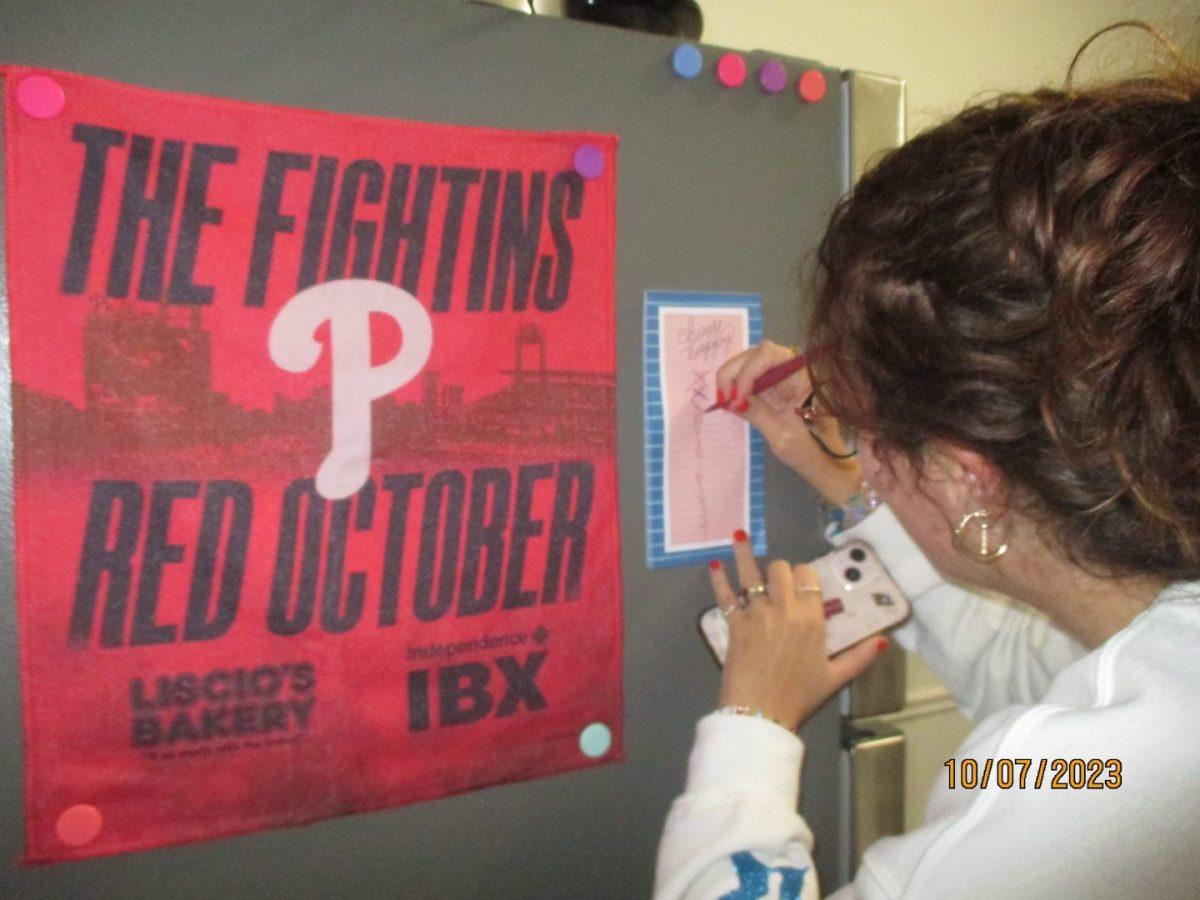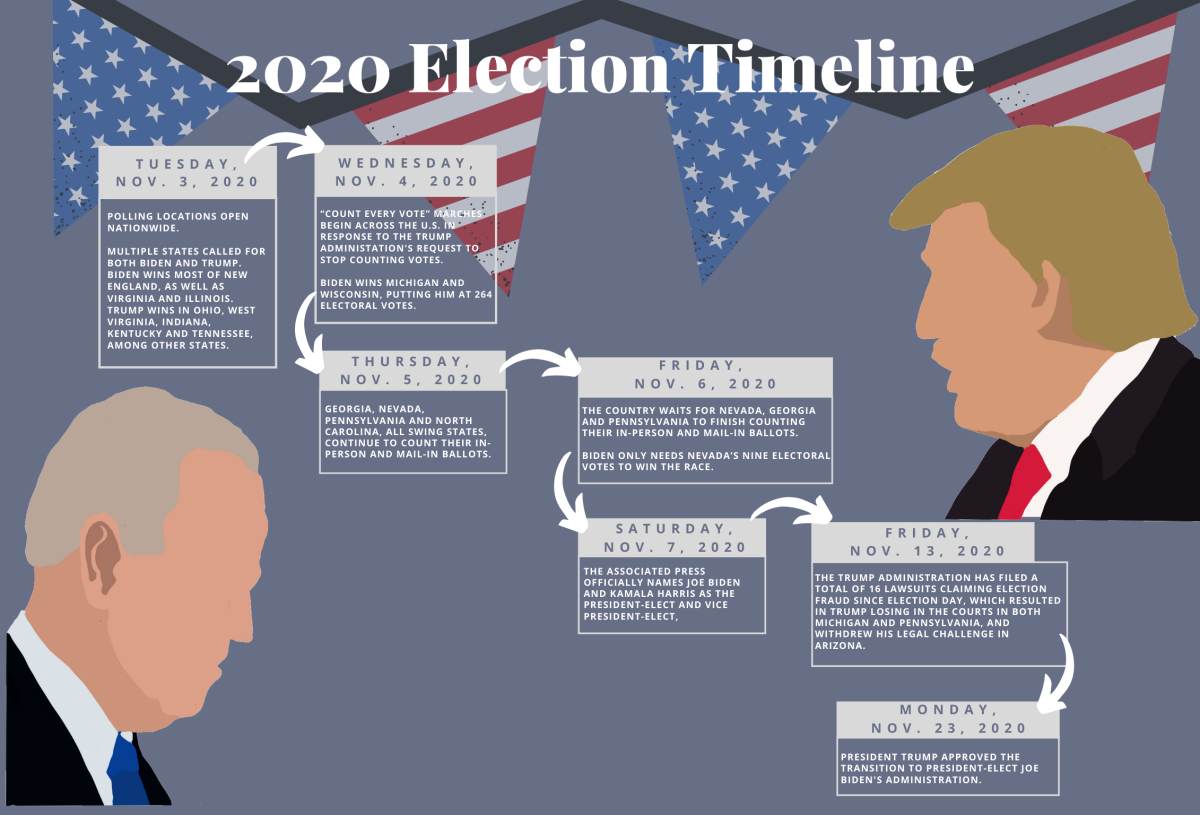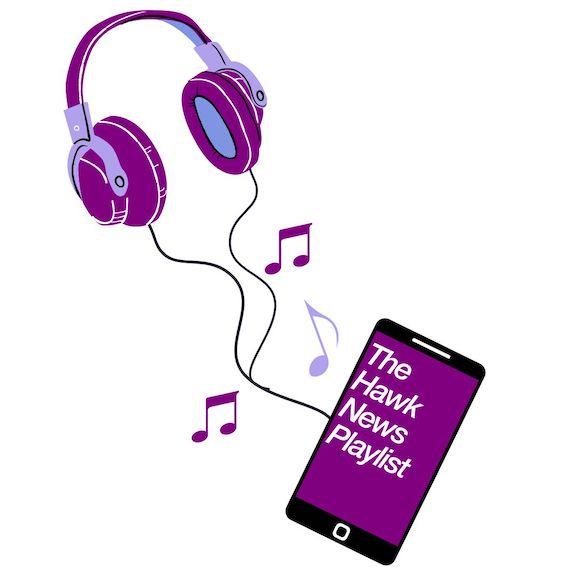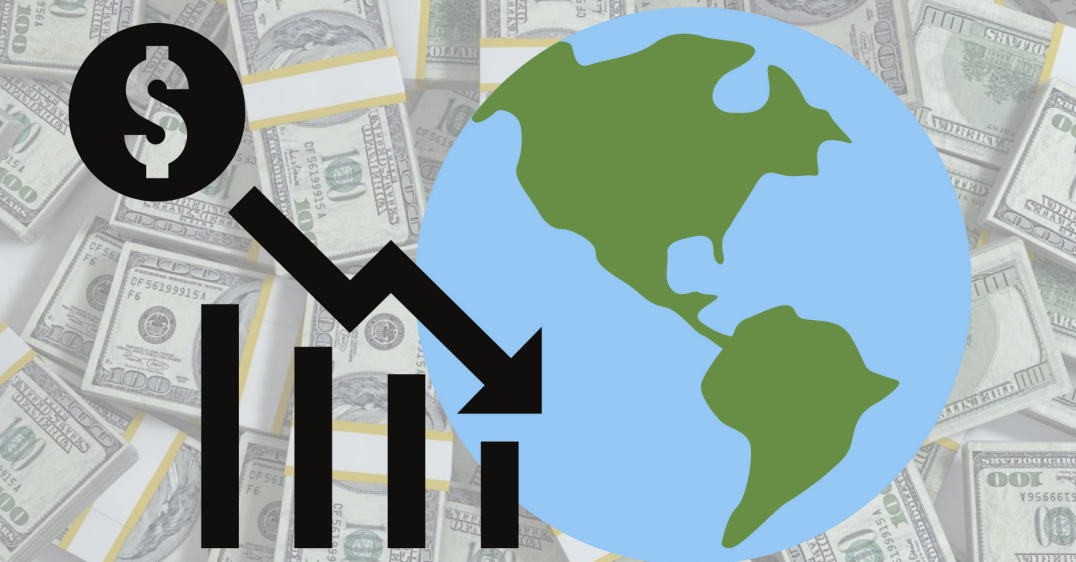After an already captivating presidential race since early 2019, it is strange to think Americans are less than 50 days away from electing their president for the next four years. Americans are not only anxious to see who the country elects, they are also anxious to see how they will vote.
Mail-in voting on such a wide scale is unprecedented. Along with the unknown of whether every mail-in ballot will be carried under the U.S. Postal Service’s current funding, many Americans are struggling to navigate their way through their state’s mail-in voting laws.
For example, one Texas county is being blocked by the Texas Supreme Court from sending mail-in voting applications to all of its registered voters. Texas, Louisiana, Mississippi, Tennessee, Indiana and South Carolina all require special circumstances beyond the fear of contracting COVID-19 to request a mail-in ballot. Voters in these states must choose: “Do I risk my health by going to a crowded polling place? Or do I stay home and not have my voice heard?”
The two nominees for president have completely opposing views on mail-in voting. U.S. President Donald Trump made claims about the potential of mail-in voting “rigging” the election, but experts say these claims are baseless. There are no records of serious election manipulation through mail-in voting, according to Mara Suttmann-Lee, assistant professor of American politics at Connecticut College.
Still, these claims are at the forefront of President Trump’s recent rallies, as he encouraged North Carolinians to vote twice in order to “test” the state’s voting system. In an interview with WECT News in Wilmington, North Carolina, President Trump said, “You send [mail-in ballots] in, but you go to vote. And if they haven’t counted it, you can vote.” All states have procedures in place to make sure a voter cannot cast both an absentee and in-person vote.
With President Trump making eccentric comments like this, and refusing to say if he will accept the election results if he loses, former U.S. Vice President Joe Biden and his team are preparing for a legal battle with the president, which Biden’s campaign is calling “the largest election protection program in presidential campaign history.” There is no doubt that the democratic value of free and fair elections is at stake this year.
Along with the unique situation of mail-in voting, there is still a sense of normalcy in the presidential race with both candidates traveling the country to campaign.
President Trump was in California on Sept. 16 to discuss the ongoing wildfires on the West Coast. In his speech, he challenged the science behind climate change, which is being blamed for the fires. Instead, he blamed Californians for not raking leaves and maintaining other forest management.
Then President Trump also visited the National Constitution Center in Philadelphia for a town hall forum with ABC news. At the forum, President Trump addressed comments he made to journalist Bob Woodward about intentionally downplaying the coronavirus pandemic, and The Atlantic’s report claiming he made disparaging comments about veterans. He also refused to disclose whether he believes there is systemic racism in policing or not.
Meanwhile, outside the forum, protesters marched through the streets of Philadelphia defying President Trump, specifically his racist views and policies. Pennsylvania is a swing state and swung in favor of President Trump in 2016, so this was an important visit for undecided voters.
Biden also visited a swing state, Florida, which was his first trip there as the Democratic nominee. He spoke at a veteran’s event, discussing general issues like health care, COVID-19 and the environment, as well as issues facing veterans and their families, like mental health.
Polls are showing a close race, with Biden polling at 51% and President Trump at 43%. Every comment and trip the nominees make will make a difference.
























































